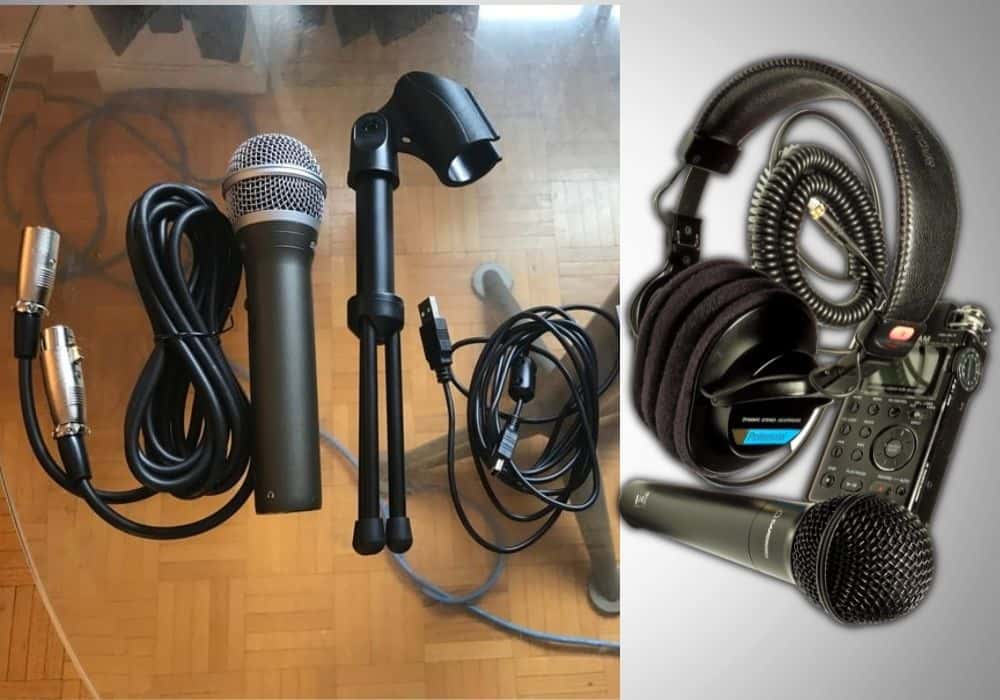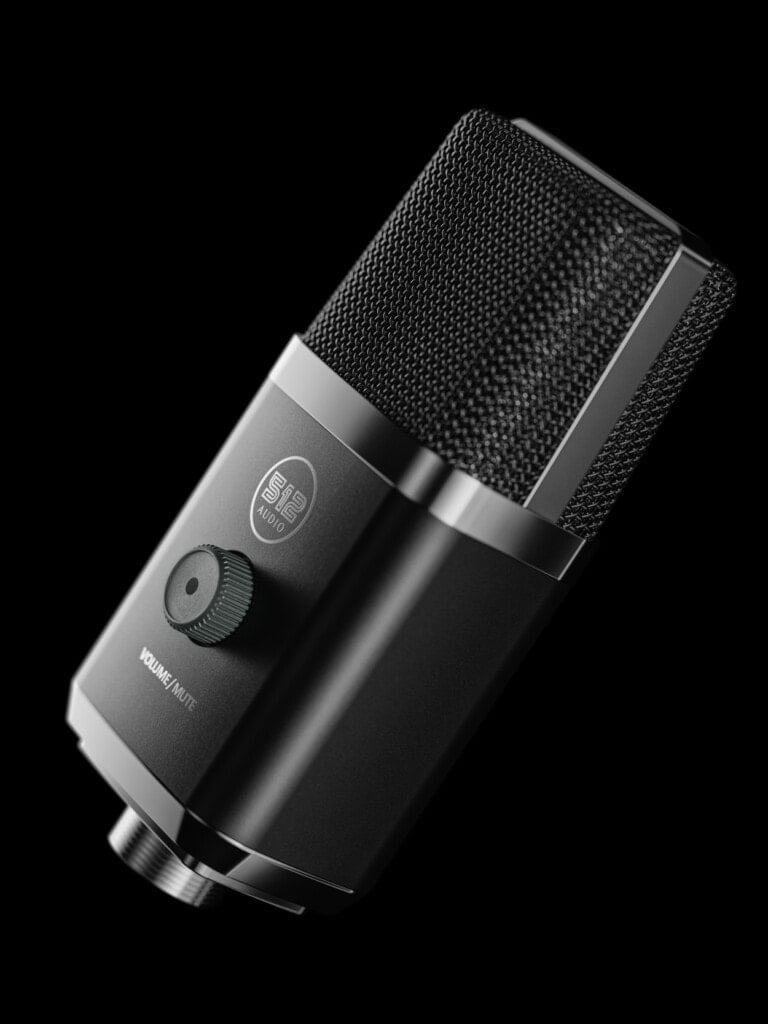
The H6 also has the ability to act as a USB interface, but as with the H4N, it’s not the device’s primary function. Recently I graduated from the Zoom H4N to the $400 Zoom H6, mostly because I wanted the ability to record four to six microphones, not just two. I used one of these for a couple of years and it produced excellent output. The interface is clunky, so it doesn’t really allow for the “set it and forget it” functionality of the five USB interfaces I looked at, but if you’re willing to deal with the setup and plan on also recording audio away from your computer, it’s a good buy.
#Do i need audio interface for usb mic plus#
It will record up to two XLR microphones on battery power or via AC power, so it’s great for recording on the road, plus it’ll plug into your computer and function as a two-track USB interface.
#Do i need audio interface for usb mic portable#
If you do a lot of portable recording, seriously consider the $160 Zoom H4N. It costs a lot of money but it’s built like a tank, with physical controls and blinky lights, and it sounds great. Just go buy the $880 Sound Devices USBPre 2, the interface that I use. If your budget is large and you only need to record one or two microphones, you’re in luck. There are a lot of uses, but also a lot of parts-but if you take the XLR plunge, you’ll need not only the microphone, but the interface and (of course) XLR cables to connect them all. That allows me to connect up to six microphones via XLR cables in a portable setting. They’re also flexible I can connect my XLR microphones to anyone’s interface box or mixer, and on more than one occasion I’ve been a microphone short and been able to borrow one from a friend. If you’re planning on recording more than one microphone at a time, XLR interfaces are also handy, because you can connect many microphones to an interface box and then record it all on your computer. Unfortunately, XLR microphones won’t work with a computer or other audio recorder unless you can connect them to an interface that, in turn, connects to your computer via USB. XLR microphones, differentiated by the large three-pinned XLR connector that’s been in use for ages and has plugged into many an analog sound board, come in many shapes and sizes, including some remarkably good-sounding microphones that are available for astonishingly low prices. However, there are reasons to choose XLR microphones over USB models. If you’re usually recording in an echoey room, this noise-killing dynamic microphone is a great choice. Right now the Audio-Technica ATR-2100-USB (sold in Europe as the Samson Q2U) seems to be the best buy for a lot less money than the Yeti, you can get a USB microphone that doubles as an XLR microphone for more complex set-ups, with a built-in headphone jack. I’ve recommended the Blue Microphones Yeti for years after using one myself for several years, and it’s still a great balance of quality and price.īut as Marco Arment points out in his microphone mega-review, there are a lot of other good options. They’re easy to use and convenient-just plug it in to your computer and start recording.


The USB/XLR choiceįor most podcasters on a budget, the right microphone is almost certainly a USB microphone. I reviewed five low-cost USB audio interfaces in a search to find the best of the many options.


Unfortunately, there are so many options that it can be dizzying. Fortunately, there are good options to be found even if you’re on a tight budget. If you’re podcasting or recording voiceovers for video, you need a good microphone.


 0 kommentar(er)
0 kommentar(er)
